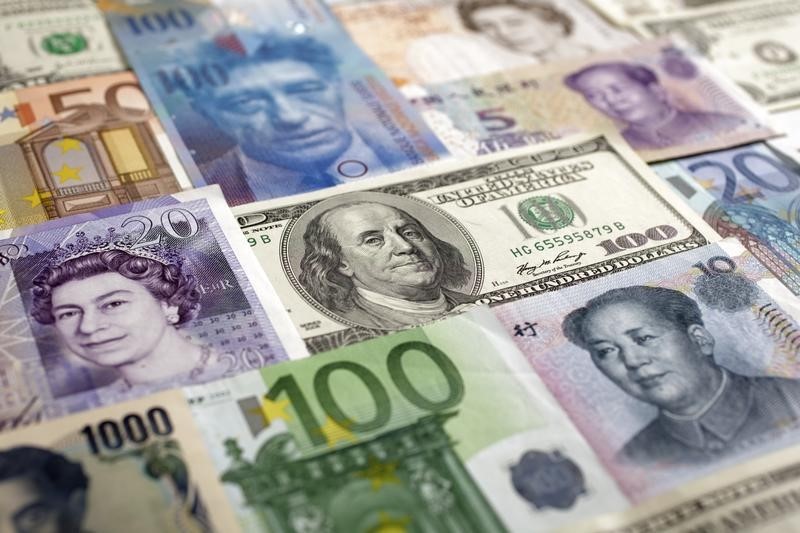By Wayne Cole
SYDNEY, July 2 (Reuters) - The Australian and New Zealand dollars took a time out on Thursday after a couple of sessions of gains as markets tensed for a U.S. payrolls report that could make or break the recent optimism over the global economy.
The Aussie was idling at $0.6916 AUD=D3 having run into resistance around $0.6945 overnight, though it has solid support at $0.6878 and $0.6833.
The kiwi dollar held at $0.6489 NZD=D3 and well up from a $0.6386 low touched early in the week. It faces resistance around $0.6532.
Much depends on how the U.S. jobs figures pan out with any weakness likely to challenge the market's upbeat economic outlook and send the Aussie lower, given the currency's close correlation to global growth and U.S. equities.
The median forecast is for June payrolls to rise by 3 million and unemployment to fall to 12.3%, though uncertainty is high given the May forecast was out by 10 million jobs.
"Creating a precise estimate for payrolls is extremely difficult in the current environment," said Kevin Cummins (NYSE:CMI), chief U.S. economist at NatWest Markets, noting misclassification issues had caused an underestimation of the true jobless rate.
Still, he was forecasting payrolls would surge by 7.2 million and unemployment drop to 11.8% as lockdown restrictions were eased.
Any outcome near that would likely send stocks and the Aussie flying higher, giving investors plenty of reason to be cautious into the data.
A strong number would also pressure bonds where yields have already been nudged up this week as offshore data mostly surprised to the upside.
Yields on Australian 10-year notes AU10YT=RR were up at 0.947% on Thursday compared to a low of 0.848% early in the week.
At home, figures showed Australia's trade surplus widened modestly to A$8.0 billion in May, though largely because imports fell by more than exports as oil prices fell and lockdowns hit domestic demand for imported cars.
Australia does look certain to record another sizable current account surplus for the June quarter, a seismic turnaround from decades of deficits and a positive for the Aussie over time.
(Editing by Kim Coghill)
